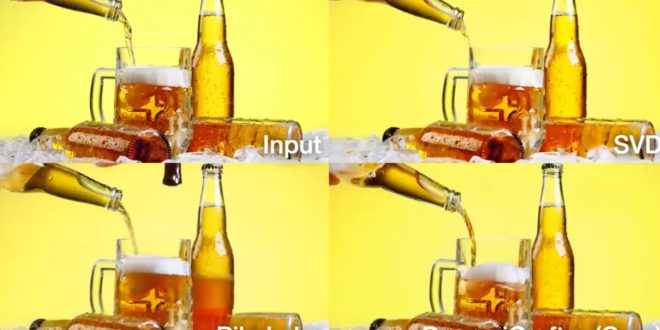Tencent, the Chinese internet giant recognized for its video gaming empire and chat app WeChat, recently introduced a new iteration of its open source video generation model, DynamiCrafter, on GitHub. It is worth noting that several prominent tech companies in China have been steadily increasing their efforts to establish a presence in the field of converting text and images into videos.
DynamiCrafter, along with other generative video tools available, utilizes the diffusion method to transform captions and still images into brief videos. Diffusion models in machine learning, which are based on physics principles, have the capacity to transform simple data into intricate and lifelike data by simulating the movement of particles from areas of high concentration to areas of low concentration.
The latest version of DynamiCrafter is now producing videos with a higher pixel resolution of 640×1024, which is an improvement from the previous release in October that had videos with a resolution of 320×512. A scholarly publication by the DynamiCrafter team highlights the unique aspect of their technology, which expands the scope of image animation techniques to encompass a wider range of visual content.
The paper states that incorporating the image into the generative process as guidance is a crucial aspect of utilizing the motion prior of text-to-video diffusion models. Conventional methods, on the other hand, primarily concentrate on animating natural scenes with random dynamics, such as clouds and fluid, or specific movements related to particular domains, like human hair or body motions.
In a demonstration that compares DynamiCrafter, Stable Video Diffusion (launched in November), and the recently popular Pika Labs, the Tencent model stands out with its slightly more animated result. It is evident that the selected samples would predominantly favor DynamiCrafter. However, upon my initial experimentation, none of the models give the impression that AI will imminently possess the capability to create complete movies.
However, generative videos are being seen as a promising development in the field of AI, following the success of generative text and images. It is therefore anticipated that both startups and established technology companies will allocate significant resources to this field. This holds true in China as well. In addition to Tencent, other companies, such as TikTok’s parent company, ByteDance, Baidu, and Alibaba, have also introduced their own video distribution models.
ByteDance’s MagicVideo and Baidu’s UniVG have shared demos on GitHub, but it seems that neither is currently accessible to the public. Similar to Tencent, Alibaba has chosen to make its video generation model, VGen, open source. This approach is becoming more common among Chinese technology companies as they aim to engage with the global developer community.
 Tech Gadget Central Latest Tech News and Reviews
Tech Gadget Central Latest Tech News and Reviews




